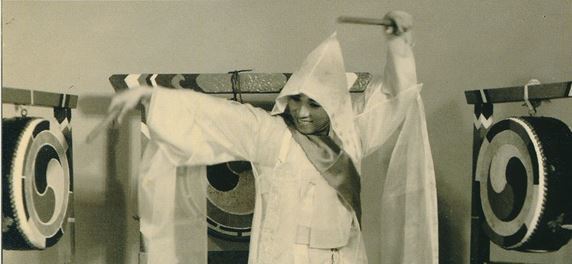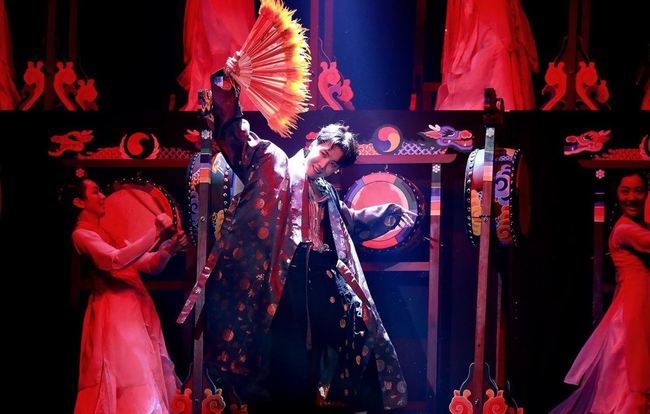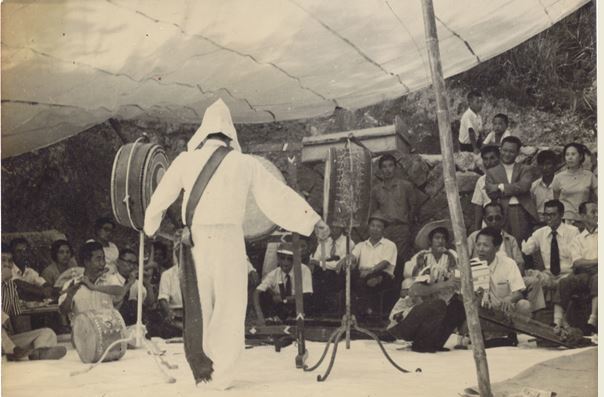


Lee Gyu-tae, a three-year-old, enjoyed dancing in front of her mother's dresser, and when she was seven years old, she entered Mokpo's "Kwon-Bun" which is comparable to the idol-training agency. Yemyeong (renamed later) from the Chinese drama actor Marangbang, who also learned to dance directly, became a synonym for Korean traditional dance. This is the story of Lee Mae-bang (1927-2015), called the Dancer in the Sky.
He was an entertainer of important historical sites of South Korea and Salpuri dance, and he left many other dances.
One of them is the Sam Rubber, which appeared on the stage of BTS' Melon Music Awards, which received the praise of Iran.
“I worked on a book and created three books in 1948, and I developed the fun of rhythm that changed into four through 5, 7, and 9.
The book dance, which is played by several people who are often seen these days, comes out as an aid. " (
The controversy over the dance in the dance industry has even appeared in the Blue House petition, as the Ubongi Maebang Company, which registered Copyright of Samgomu and Ogomu, sent proof of content to the National Theater. While there is no Copyright for royal dances where the Historic Sites of South Korea or the archetype is preserved as it is, folk dances or other dances are controversial. “If we don’t recognize the creation of individuals, who will do traditional creative dances?” said Lee Hyuk-ryul, the son-in-law. “I have never asked for a misunderstanding or a misunderstanding of whether BTS is asking for a Copyright fee,” he added. On the other hand, there are many points inside and outside the dance world that "the dance dancers come from tradition, but the criteria for how much the composition and movement are transformed are ambiguous." There is also criticism of Iran, saying that the issue of Copyright fees will eventually shrink, saying, "Excessive abuse of rights that violates the purpose of the Copyright Act, which is the development of culture."
In 2009, American singer Shakira appeared in the music video and became a hot topic, but BTS was different in dimension. The stage that J-hop plays as a part of the Samgomu performance group led to Ji-min's fan dance and the mask dance of the political power was a cultural innovation that newly connects the past and the future beyond writing tradition as an 'unique background'. It is also true that there was a lack of discussion on Copyright in traditional creative arts. If you meet certain conditions like Wikipedia, I hope you will gather wisdom to find ways to share dance widely, while acknowledging the merits of Lee Mae-bang, including the CCL method of opening up the use of works.
Kim Yeong-hee, Editorial Writer